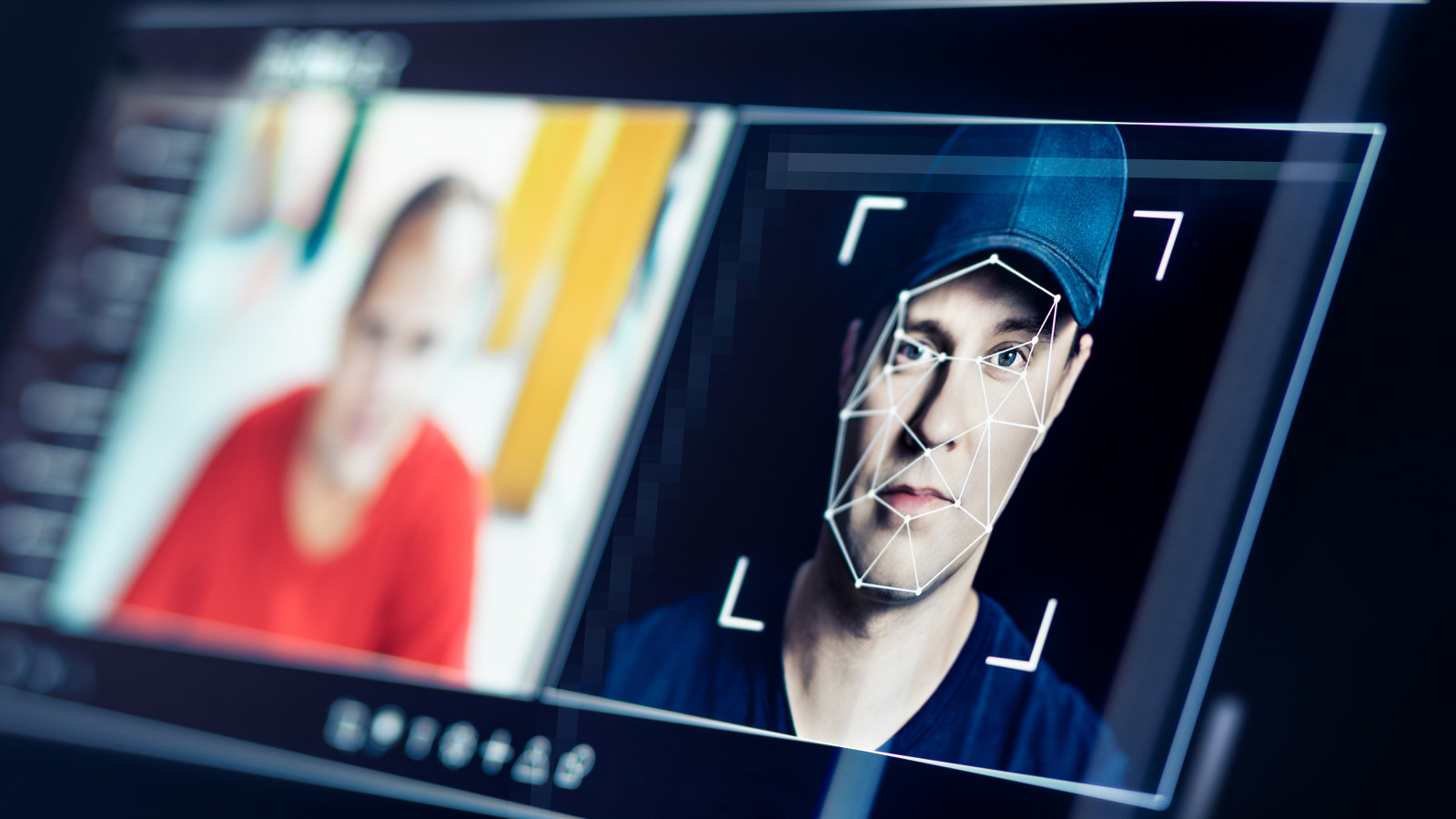
Fraud in the public sector: How our image forensics software brings the truth to light
Digitalization speeds up administrative processes, but unfortunately also opens new doors for fraud. Forged documents, manipulated images or even deceptively genuine deepfakes pose enormous challenges for public administration and its processes. Thanks to our AI-powered image forensics software fraudify, authorities can now act more efficiently and precisely to protect taxpayers' money and ensure the integrity of digital processes.
What is image forensics software?
Our fraudify image forensics software uses advanced algorithms and artificial intelligence (AI) to verify the authenticity and origin of digital images. It is a multimodal approach that goes far beyond simple metadata checks:
Manipulation detection: specialized AI models scan the image for the smallest traces of forgery, such as irregularities in pixel structures, missing or duplicate image areas (cloning) or abnormalities in the compression rate.
Deepfake and AI generation: The software identifies patterns that are typical of AI-generated images in order to recognize whether an image was created completely synthetically.
Duplicate detection: It checks whether the submitted image has already been used in other applications or whether it is a duplicate from the Internet (e.g. stock photos or generic images).
Metadata analysis: The information stored in the file (timestamp, camera model, GPS data) is analyzed to uncover contradictions to the alleged facts.
Possible uses for fraudify in the public sector
The AI-supported fraudify image forensics software offers the public sector systematic fraud detection by taking action in various core areas of digital application processes:
Protection against benefit fraud for social benefits and grants
When submitting applications for social benefits, subsidies or grants, digital evidence such as photos of living conditions, damage or possessions are often required.
fraudify reliably detects manipulations to these submitted damage or proof images. Whether it is the addition or removal of objects, the subsequent alteration of data (e.g. time stamps) or the use of inadmissible archive images: the software identifies the traces of forgery and ensures that benefits are only granted on the basis of authentic evidence.
Prevention of identity fraud (e-government and documents)
In the course of digitalization, more and more services are being offered online that require digital identity verification (IDV). The risk of deepfakes and forged ID documents is particularly high here.
fraudify helps to quickly identify deepfakes and detect manipulation of selfies or photos of ID documents that are submitted for identity verification. This enables authorities to prevent criminals from applying for state benefits or documents using forged or stolen identities.
Checking damage and disaster reports
Following natural disasters or public sector insurance claims, large volumes of damage reports and photos often need to be processed quickly.
fraudify's multimodal image forensics optimizes the accuracy of the analysis of these images. It ensures that the submitted photos actually document the reported damage at the specified location and time and are not older damage or irrelevant images.
Verification in procurement and project inspections
Digital photos are also used to document progress when monitoring construction and infrastructure projects that are financed by public funds.
The software can detect manipulations of photos that are intended to manipulate progress or simulate compliance with construction or environmental regulations. This ensures the correct invoicing of services and compliance with contractual obligations.
The benefits: Efficiency, cost savings and security
The implementation of solutions such as fraudify offers the public sector significant advantages:
Minimization of manual checking processes: Automated pre-screening of potentially fraudulent images allows case handlers to focus on the validated or complex cases. This leads to faster and more efficient processing.
Significant cost savings: Reducing the rate of successful fraud attempts protects the budget and ensures that public funds are used for their intended purpose.
Traceability and control: The results of the analysis are generally transparent and traceable. The specialist department retains control over the sensitivity of the AI models.
Data security: Thanks to flexible hosting options (cloud or on-prem), it is ensured that the data relating to fraud detection remains within the company.
Conclusion
In the age of deceptively real AI-generated content, the use of image forensics software such as fraudify is no longer an option for public authorities, but a necessity. The technology enables authorities to detect fraud systematically and automatically, increasing the efficiency of processes while ensuring the integrity and security of public services. It creates the necessary trust in the correctness of submitted digital documents and is therefore an essential tool for protecting public funds.
